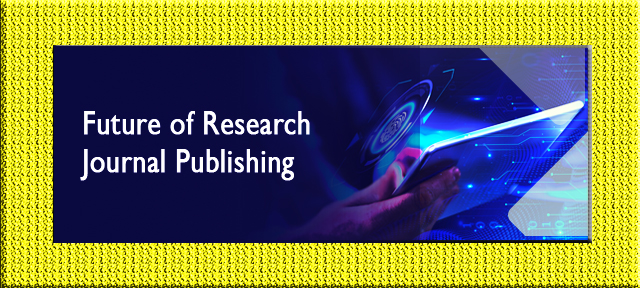Scholarly publication in peer-reviewed journals is the preferred and well-established technique for disseminating scientific information. Since then, the publishing process has developed gradually, but the recent introduction of digital publishing has drastically altered scholarly publishing and how scientific knowledge is shared and read worldwide.

Publishing Process
Researchers are the backbone of science publishing, and they perform many roles, from conducting studies to writing manuscripts to serve as reviewers and editors. We live in an ecosystem where everyone is interdependent for the greater good of discovering and reporting science to address unmet needs in science, medicine, and healthcare.
Publishers can play a critical role in making the publishing process for authors more efficient, cost-effective, and fruitful. Journals have devolved into brands that increase the scientific community’s awareness of their name and impact factor.
Peer-reviewed publications and data are the key outputs of most sponsored research. They are a reliable public data source used to build technology and guide future financing and policy decisions. Information is a precious commodity in today’s world.
What are the problems in Publishing?
Journal branding stifles discoverable and article-level evaluations of scientific work in the following ways:
- Editors, reviewers, and authors are usually kept in the dark about peer reviews in most publications. This opacity provides editors more freedom in deciding what to publish and leaves the community with the publishing decision as to the only public result of the peer review process, leaving the journal brand and JIF as the only visible markers of quality and significance.
- Although journals retract publications with substantial problems, they do not fix the majority of incorrect publishing decisions. Experts dismiss them, yet erroneous, misread, or over-interpreted publications entailing naive funding and hiring committees.
- High–impact–factor journals preserve their position at the top of the journal hierarchy by artificially increasing selectivity. Despite tremendous expansion in the life sciences community, high–impact–factor journals in the living sciences are publishing fewer publications now than they were three decades ago.
Revolution of Journals
What is Plan S?
The European Commission produced Plan S, backed by several major European research funders. The policy emphasizes broad accessibility, based on the premise that “open access to all scientific papers from publicly supported research” is a moral right. Its goal is to hasten the transformation of the academic publishing sector by setting restrictions on the types of journals in which writers can publish: “Scientific publications on the outcomes of research funded by public contributions from national and European research councils and funding organizations shall be published in compatible Open Access journals or on compliant Open Access platforms after January 1, 2020.”
Plan S has the potential to create unnecessary conflict and uncertainty in a community that, in the post-truth era, stands out as a haven where shared goals and agreed-upon transparency and objectivity norms have permitted steady growth on firm foundations.
Conclusion
To sum up, Plan S is getting widespread attention, so people can take advantage of the momentum to reassess the current system’s shortcomings and solicit everyone’s input (academic publication, donors, the general public, and publishers) on how to improve it. Everyone thinks that increasing accessibility is important; nevertheless, the goal should be to achieve it through evolution rather than revolution.

